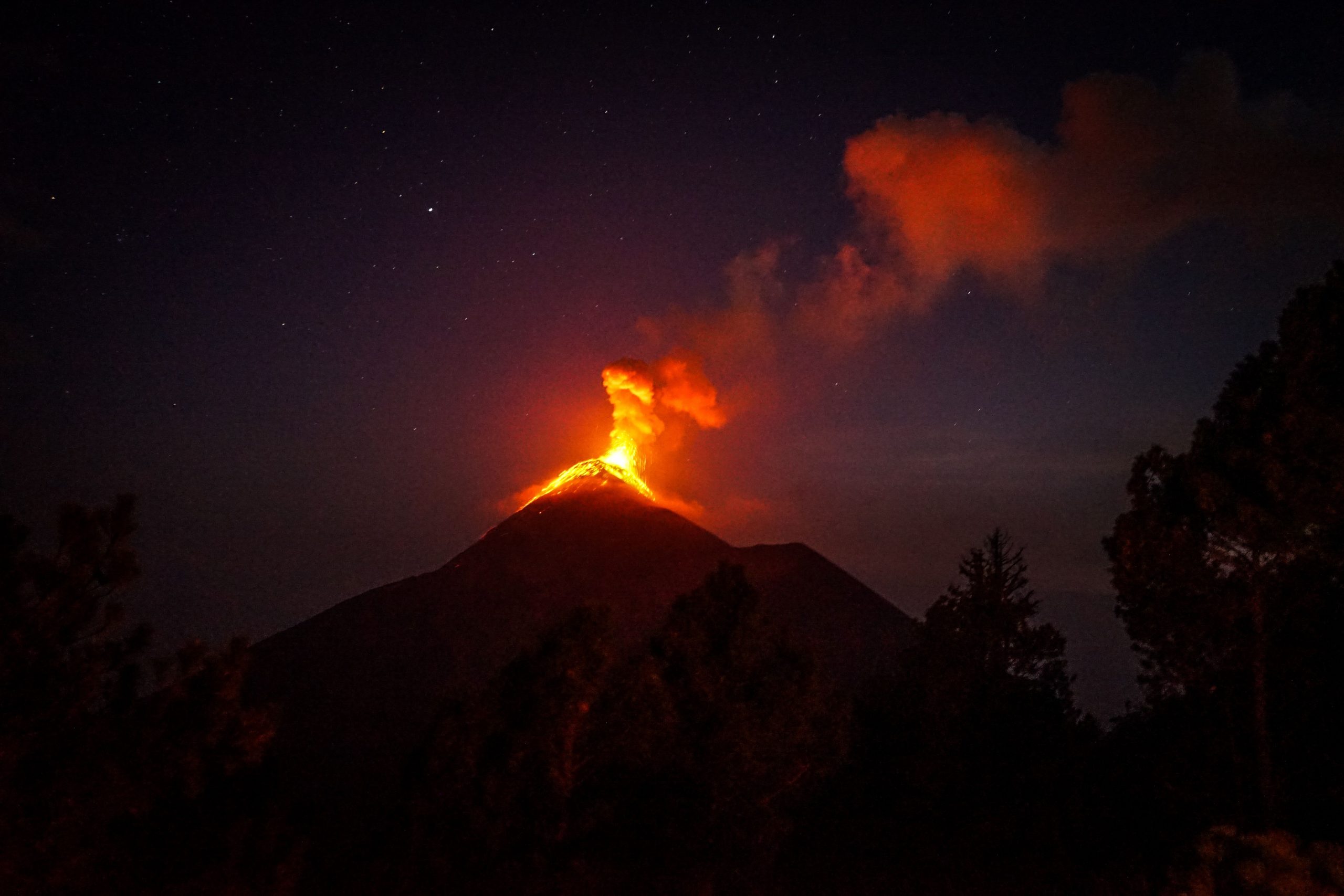The Kilauea volcano on Hawaii’s Big Island erupted late Sunday,
authorities said, warning of a possible “significant emission” of
volcanic ash into the atmosphere.
“An eruption has commenced within Kilauea’s summit caldera,”
shortly after 9:30 pm local time (0730 GMT), said the United States Geological
Survey (USGS).
“The situation is rapidly evolving and HVO (Hawaiian Volcano
Observatory) will issue another statement when more information is
available.”
Images posted by the Hawaii Volcanoes National Park showed billows of
red smoke rising into the night sky.
Also read: Indonesia’s Mount Sinabung erupts again, flight warnings issued
The USGS warned of a “significant emission of volcanic ash into the
atmosphere” and upgraded its aviation color code to red, advising pilots
to avoid the area around Kilauea.
The National Weather Service reported prevailing winds could push the
ashfall towards communities on the southwest of Big Island and said people with
respiratory problems should take “extra precaution”.
The USGS reported a shallow, 4.4-magnitude earthquake near the volcano
shortly after the eruption.
Kilauea, a popular tourist attraction, is one of the world’s most active
volcanoes and has been erupting regularly since the 1950s.
Also read: US says will ‘react’ if Iran seeks to avenge Soleimani killing
In 2014 Big Island declared a state of emergency after red-hot lava from
Kilauea ignited a house and threatened the entire town of Pahoa on the eastern
tip of the island.
Hawaii Island, or the Big Island, is the largest of the eight main
islands which make up the Pacific US state — an archipelago that includes
hundreds of smaller volcanic islands.







